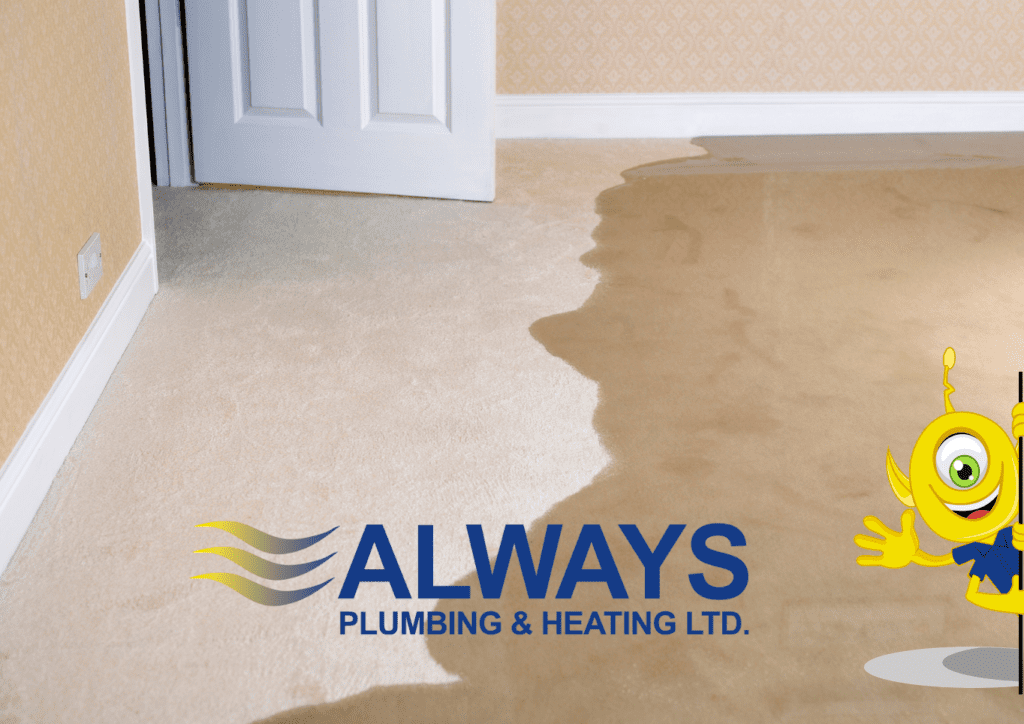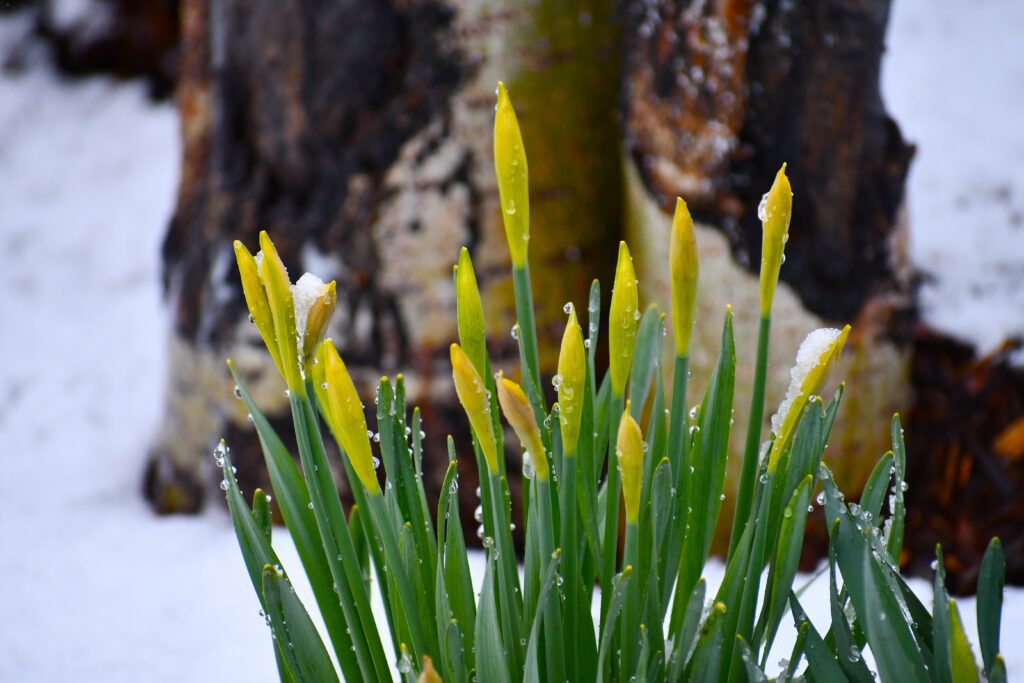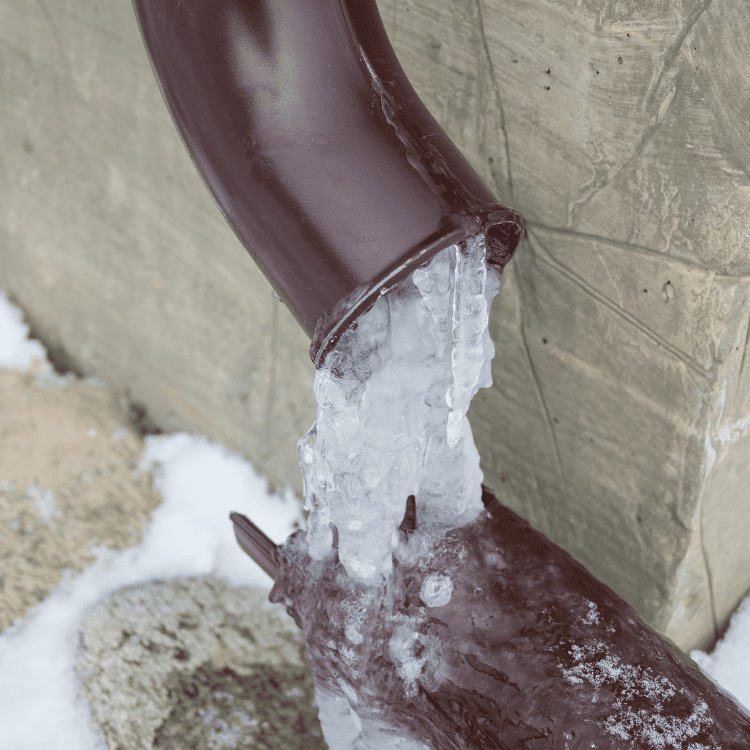Coming home to find that your basement is now a swimming pool and your sofa is now a pool lounger is everyone’s worst nightmare. Worry not though, ...

Coming home to find that your basement is now a swimming pool and your sofa is now a pool lounger is everyone’s worst nightmare. Worry not though, in this article we are going to cover what you need to check and what you can do to prevent that terrible situation from ever happening.
Sump Pump Basics
So, in your basement you are likely to have a sump pump. What is a sump pump you ask? Let me explain.
A sump pump is a pump that is used to remove any and all excess water that has built up in the sump basin. The sump basin essentially collects the runoff groundwater from around the home and holds it there in order for the sump pump to work its magic and remove it.
Sump basins and pumps are usually installed if you live in low-lying areas or have a regular build-up of damp conditions which often lead to pooling and flooding. Most homes in Edmonton that have basements or crawl spaces are equipped with at least one sump pump. It’s important to keep on top of your sump pump and basin to maintain a water-free basement, particularly if your basement is below the water table or you are in an area that floods often with high rainfall.
Sump Pump Issues
Sump pumps can sometimes get a little overworked or fail from a number of issues. Below I will describe some issues that may arise when your sump pump is having an off day.
Overwhelmed Pump:
This is quite a simple issue to have but it can often lead to quite dramatic outcomes. An overwhelmed pump can be a big issue when snowmelt or heavy rainfall causes a sudden influx of water. The pump alone can’t handle the volume of water and can often fail to perform well under the strain.
The fix for this is a simple one, make sure you sufficiently upgrade the pump you have to be able to handle increased water flow. This will allow the pump to work harder and more efficiently when you need it the most.
The second fix is to buy a temporary backup pump. These can be battery operated, meaning that you can add them or take them away at a moment’s notice.
It is also worth considering another pump that is fitted on the other side of your basement. This will split the workload of one pump and make it far more efficient at pumping out water, should the need arise.
Improper Fitting of the Pump:
If there is no water passing through the pump, there is a high likelihood that your sump pump isn’t working correctly. This can often come down to the fact that the pump is not fitted in the correct matter, or that it isn’t connected to the wastewater system.
One of our specialists can take a look at your drainage system and tell you how you can properly fit the pump, fit the required drains and unclog any drains, if not fixing it themselves.
Blockages:
Basements are home to many kinds of dirt and debris, not to mention the debris that is brought in through the influx of water, should a storm hit. It’s important to regularly check your sump pump for blockages as these can cause the pumps to be put under extra strain, ultimately causing them to burn out and break.
The pump has a float system that notifies the pump when to switch on and off. This system can get clogged with grime, causing the pump to either remain on all the time or never turn on at all.
Always ensure that your pump is running clear, make sure that you clean your basement and the well in which the pump sits. This will prevent any dirt or grime from entering the pump area. You should also regularly clean your sump pump. You can learn more about that here.
How to Test Your Sump Pump
Testing your sump pump is a relatively easy task and should be undertaken on a regular basis, particularly after a heavy flood.
Take a five-gallon bucket, fill it up with water and start pouring the water around the pump. Once the level of the water starts to rise, the pump should kick in and you will be able to hear and see it working. If it isn’t working, it’s time to consider some of the points above as to why it isn’t and get it fixed.
Hose Bibs
Hose bibs are what you connect your hose line to. Predominately located outside, these little spigots can be bothersome if not properly cared for.
If the hose bib is frozen, as is often the case in colder climates, it can cause severe flooding issues, especially when you start using your garden hoses in the Spring. This is due to the bib rupturing due to the weakened state of the material not being able to handle the pressure of the water coming through it.
A simple way to protect your hose bib is to wrap it in insulation and tape it tight. This can protect the bib from those cold winter frosts and snows, ensuring that the bib maintains its integrity when you come to use it.
To properly protect the bib and keep it free-flowing, prepare it for winter by turning off the water supply to the bib, opening the external valve, and leaving the water to drain off. This way it eliminates the risk of freezing and the water pressure building up behind the bib, reducing the risk of ruptured pipes and flooding.
To thaw out a frozen bib it’s recommended that you wrap it in old towels and keep pouring boiling water over the towels until the flow of water from the tap is free-flowing and without restraint. You can learn more about how to check your hose bibs in the spring in a safe manner by reading this article.
Summary
If you are having issues with your sump pump or hose bib then you can call us at 780-489-8118, we are here to fix up all your plumbing questions and needs. Don’t let flooding become a major issue for your home. Call the experts at Always Plumbing & Heating today. We will send a professionally trained plumber to your home to evaluate the situation to set you up for optimal flood protection. Keep in mind that should flooding become an issue for you, we are available 24/7 to assist with emergency repairs. The work we perform is backed by Iron-Clad guarantees that are sure to give you peace-of-mind, not just today, but Always!




